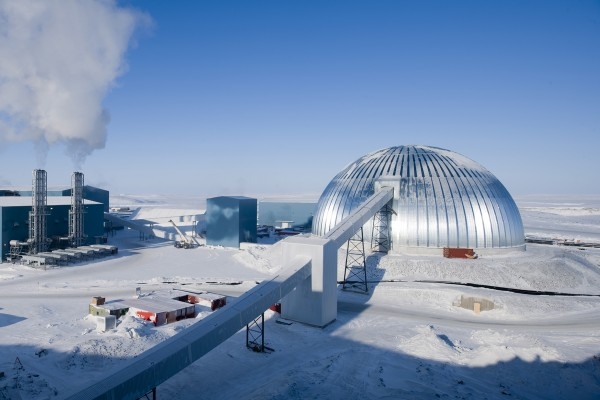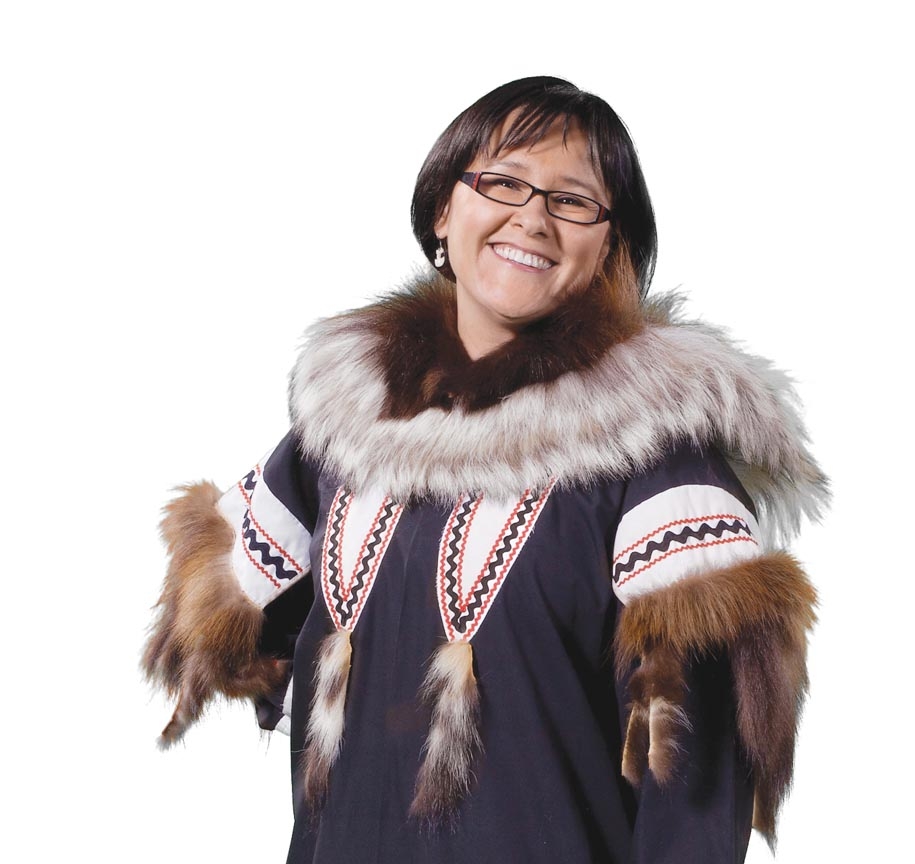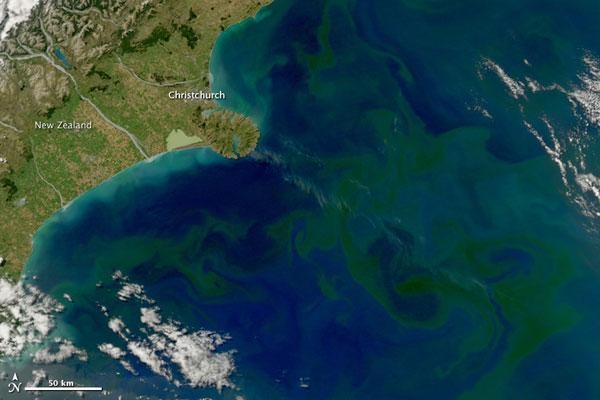
Tapping into Arctic Gold
By: Claire Tremblay
To the untrained eye, Canada’s North is a frozen wasteland – but beneath it lies treasure beyond our wildest imagination. Diamonds, gold and oil and gas are abundant in the North – and with the onset of climate change they are becoming even easier to extract. Once the world’s last mining frontier, Canada’s North is now at the centre of a new Yukon style gold rush –not just for gold but diamonds, iron ore, uranium and nickel, to name just a few. Take the Northwest Territories for instance. If fully extracted, the diamond wealth of the Territories would comprise up to 15% of the world’s diamonds by value. And if Canada’s full production capacity was reached, Canada would be the world’s third largest diamond producer, outstripping diamond giant South Africa. Experts predict at current levels, global demand for diamonds will outstrip supply – unless, of course – Canada’s Arctic diamonds come to the rescue.
Three main regions – Nunavut, Nunavik and Labrador/Nunatsiavut – hold the mining promise of the North.
In the Nunavut region on Baffin Island, Peregrine Diamonds is digging deep into the Arctic’s diamond reserve. Studies of the Northwest Territories indicate it contains an 18.2 million carat diamond reserve. To tap into it, Peregrine has prospecting permits for 3.5 million hectares of the Baffin Island region. Mineral sampling by Peregrine and partner BH Bilton indicates significant reserves of kimberlite – a potassic volcanic rock that often contains diamonds. With Peregrine owning 71.74 percent of the D0-27 kimberlite resources in the Northwest Territories, it is in a good position to feed world diamond demand.
Another gem is Baffinland Iron Mines Corporation. Situated on Baffin Island, Baffinland is focused on extracting high-grade iron ore from its Mary River Property, 1,000 kilometres north-west of Iqaluit. Like demand for diamonds, world demand for iron ore is growing. Tom Paddon, President and Chief Executive of Baffinland Iron Ore Mines said the expansion of the middle class in India and China fuels demand. “Global supply is increasing to meet market needs but high grade lump deposits are becoming increasingly rare.” said Paddon. “Mary River is exceptionally high grade with a high proportion of lump, making it exceedingly attractive to both European and Asian markets.
Mary River, the first iron ore mine inside the Arctic Circle also stands out due to its scale and complexity. Adding to the mine’s $4.1 billion price tag is the world’s most northern railroad, an 87-mile railroad connecting the mine to an Arctic port. The Mary River mine is expected to produce 18 million tonnes of top grade iron ore – putting Canada on the world map of iron ore production.
Nunavik, the northern third of Quebec, is another mining hotspot. Mining company Xstrata plc owns the Raglan mine, the largest commercial operation in the Nunavik territory. Raglan sits right on one of the world’s largest nickel deposits in the Ungava Peninsula in Nunavik. Nickel from the three underground mines and open-pit mine are sent for smelting at Sudbury, Ontario and Nikkelverk, Norway.
In August 2011, Xstrata plc announced a $530M dollar extension of its Raglan mine. By 2016, Raglan expects to reach 40,000 tonne nickel production – a 54 per cent increase to current output. Ian Pearce, Chief Executive of Xstrata Nickel said the company’s investments in Quebec and Ontario “demonstrate our commitment to long-term growth in Canada and our contribution as a significant employer in the communities in which we operate.” The Raglan mine project has also resulted in profit sharing between Xstrata and Inuit. In 2006, Xstrata presented a $9.3 million dollar cheque to Inuit organization, the Makivik Corporation.
Not to be forgotten is Labrador/Nunatsiavut. Containing 141 million tons of nickel, the Voisey’s Bay mining development operated by Vale Newfoundland and Labrador Limited is estimated to be one of Canada’s largest mineral discoveries. Nickel is a hot world commodity with demand growing an annual average of 4 per cent over the past 40 years. Driving demand for nickel is stainless steel of which nickel is a major component.
Bob Carter, Manager of Corporate Affairs at Vale Newfoundland and Labrador Limited said it is not just its mining achievements that stand out. Around 54 per cent of Vale’s employees at Voisey’s are Innu or Inuit. “This is a high percentage compared to other mining companies in Canada,” said Carter. “We are widely recognized as having set a very high bar for others to aspire to.” Carter says Vale put Impact and Benefits Agreements (IBA) in place with the Innu and Inuit in 2002 before construction even began. “We are committed,” says Carter. “We honour not only the spirit but the intent of our IBA.”
Also on the mining trail is Wabush Mines. Iron ore is shipped in rail cars from the Wabush mine near Labrador City to a processing plant in Point Noire, Québec. The size of operations is substantial – six million tonnes of iron ore pellets are produced annually. Another local player is the Iron Ore Company of Canada (IOC), Canada’s largest iron ore producer. Owned by Rio Tinto and Mitsubishi Corporation and the Labrador Iron Ore Royalty Income Corporation, IOC has produced more than a billion tonnes of crude ore since operating in Labrador in 1962. IOC’s Labrador-based Carol Project produces 13M tonnes of iron ore pellets a year.
The sheer size and potential of mining in the North is breathtaking. But despite this, mining operations in Nunavik and Labrador are just the tip of Canada’s mining iceberg. Only time will tell what other mining treasures lie beneath the snow and ice of Canada’s North – the world’s new mining hot spot.









